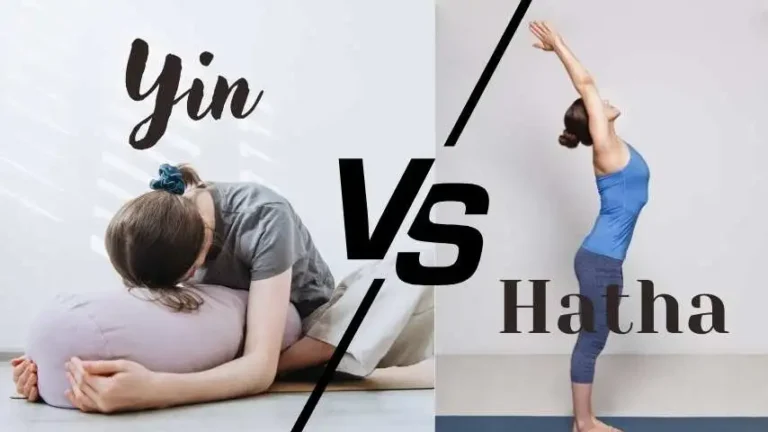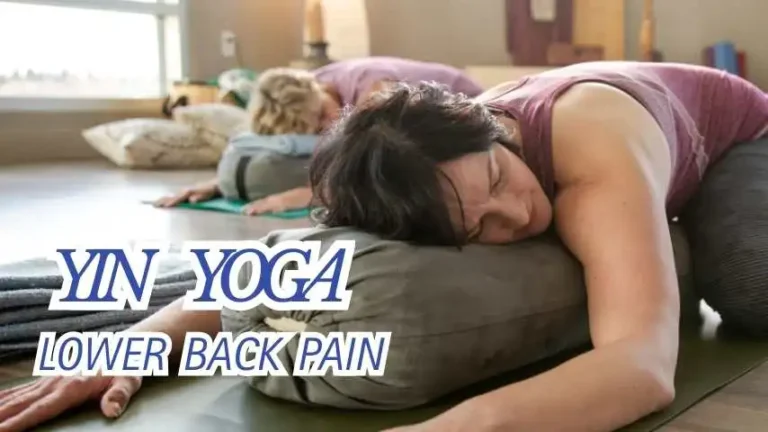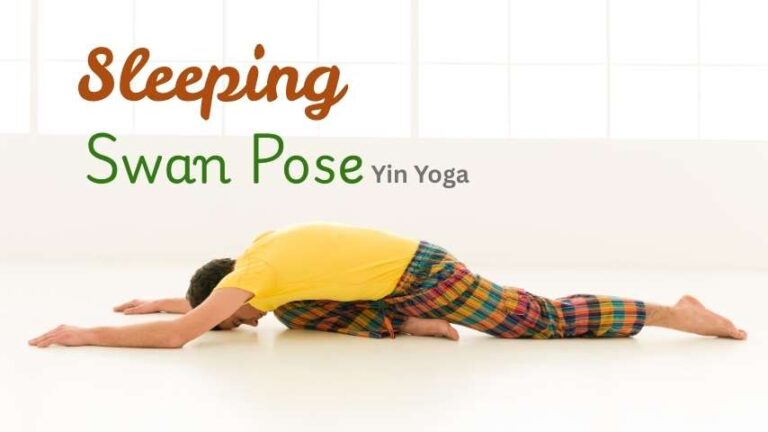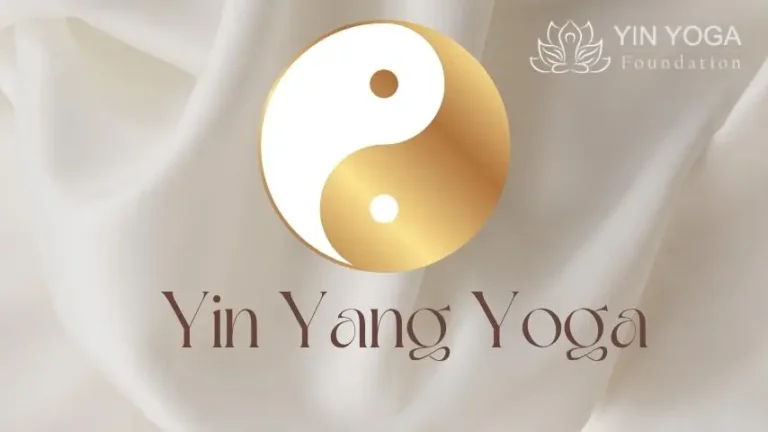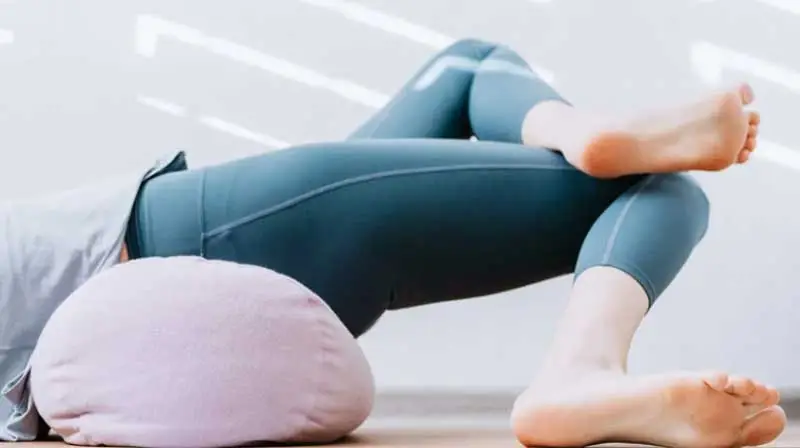
Warm Yin Yoga Hot Yin Yoga
Warm Yin Yoga, or Yin Yoga, is a type of traditional yin style. They practice it in a room that they gently heat.
Practitioners practice warm yin, a variation of traditional yin, in a room with a low temperature. This gentle warmth helps the body relax more. It releases more connective tissue without causing too much sweating or muscle tension. This grounding, meditative experience supports emotional, physical and energetic balance.
What is Yin Yoga?
Yin Yoga is a gentle practice. It involves holding poses for a long time. This practice focuses on connective tissue, like ligaments and fascia.
Practitioners usually perform the majority of yin poses on the floor for three to seven minutes.
Props such as bolsters and blankets can be used. It is not just about stretching muscles. It is about reaching the deep connective tissues. These tissues need stillness and time to open up and hydrate.
Yin yoga is different from more active styles. While other yoga focuses on movement and strength, yin yoga values stillness, self-reflection, and letting go. Traditional Chinese Medicine, particularly the meridian theories, heavily influences yin yoga. People often associate it with emotional relief and nervous system regulation.
Why Practice hot yin yoga – Yin Yoga in a Warmer Room?
The addition of warmth to the practice improves it in many ways.
- Better Circulation: An emolliently heated room can promote better circulation, which helps nourish connective tissue and support the natural healing process of the body.
- Increased flexibility:Yin Yoga aims to avoid overstretching the body, but the warmth helps it relax and open up slowly. This reduces the risk of injury or strain, particularly in colder climates and during winter months.
- Deeper relaxation: Heat has a calming effect on your nervous system. It can create a sense of comfort and warmth similar to sleep, making it easier for people to relax into the calm state that yin meditation promotes.
- Supports detoxification: Warm yoga may not focus on sweating like hot yoga, but the mild heat helps with gentle detoxification. It boosts circulation and helps the lymphatic system drain.
- Deeper Mind-Body Awareness: Combining sustained postures with meditative breath and gentle warmth cultivates a deeper awareness. This helps practitioners connect better with their feelings and sensations that arise from being still.
Warm Yin or Hot Yin Class Expectations
The typical class of warm yin lasts 60-90 minutes. The room is heated to a comfortable temperature, just enough to promote relaxation without being distracting. The class starts with a grounding or focusing practice such as breathing awareness or guided meditation.
Then, the students will move on to a series of yin poses, focusing often on specific areas, such as hips, shoulders, or spine. Each pose is held for a few minutes to help the body relax and to encourage mindfulness. We use props generously so that the body can rest fully without straining.
Teachers can share ideas from Traditional Chinese Medicine, such as how organs connect to emotions and meridian theories. This helps students grasp the energy involved in each pose. The use of soft music, dim lighting and subtle verbal cues can create a calm, introspective atmosphere.
Benefits of Warm Yin Yoga
Physical Benefits:
- Joint mobility and flexibility is increased
- Hydrates fascia, connective tissue and other tissues
- Reduces tension and stiffness
- Recovery from high-intensity training or injuries
- Maintains elasticity of tissues to support healthy aging
Mental & Emotional Benefits:
- Calms and reduces stress
- Supports emotional release, self-reflection and inquiry
- Encourages acceptance, patience and presence
- Reduces anxiety and improves sleep
Energetic & Spiritual Benefits:
- Balances the flow qi (lifeforce energy) through meridians
- Meditation and mindfulness enhanced
- Spiritual growth and internal awareness are promoted.
- Aligns with TCM seasonal and elemental cycles
Who Should Practice Hot Yin Yoga?
The practice of warm yin is available to all types of practitioners. It is particularly beneficial for:
- Beginners looking for a gentle entry-level practice
- Balance and recovery is essential for athletes or active individuals.
- Chronic stress, anxiety or fatigue can be a problem for people.
- Modifications for older adults or those with mobility problems
- Anyone who is interested in expanding their awareness of the mind-body connection
It may not be suitable for people with certain medical conditions such as heat sensitivity or cardiovascular problems. It’s always important to speak to a doctor if you are unsure, and inform the instructor if there are any concerns.
Differences between Warm Yin Yoga and Other Heated Practices
Warm yin yoga is different from hot styles like Bikram. Instead of focusing on intense heat and strong muscle work, warm yin uses gentle warmth and encourages relaxation. No flow, no fast movements, and no pushing yourself to your physical limits.
Warm yin is more supportive than challenging. This is a safer and more eco-friendly choice for people who want a warm space without too much heat.
Conclusion The warm yin practice combines the deep tissue release from yin with the soothing effect of gentle heat. It encourages the practitioner to slow down, focus inward and cultivate stillness both in body and mind. Warm yin provides a place for change and refreshment. It helps you heal your body, find emotional balance, or gain spiritual understanding.
Warm yin and hot yin Yoga is more than a physical exercise. It’s a path to understanding yourself better and feeling good overall.
What is the temperature of warm Yin Yoga – Hot Yin Yoga
Warm Yin Yoga is practiced in a room that is usually between 80°F and 90°F (30°C-32°C).
This temperature is warmer than a typical room but cooler than hot yoga, which ranges from 95°F to 105°F (35°C-40°C). Warming up the muscles and connective tissue helps you stretch deeper without overheating.
Warm Yin Yoga blends Yin Yoga’s calming poses with a gently heated environment to boost flexibility and relaxation.

